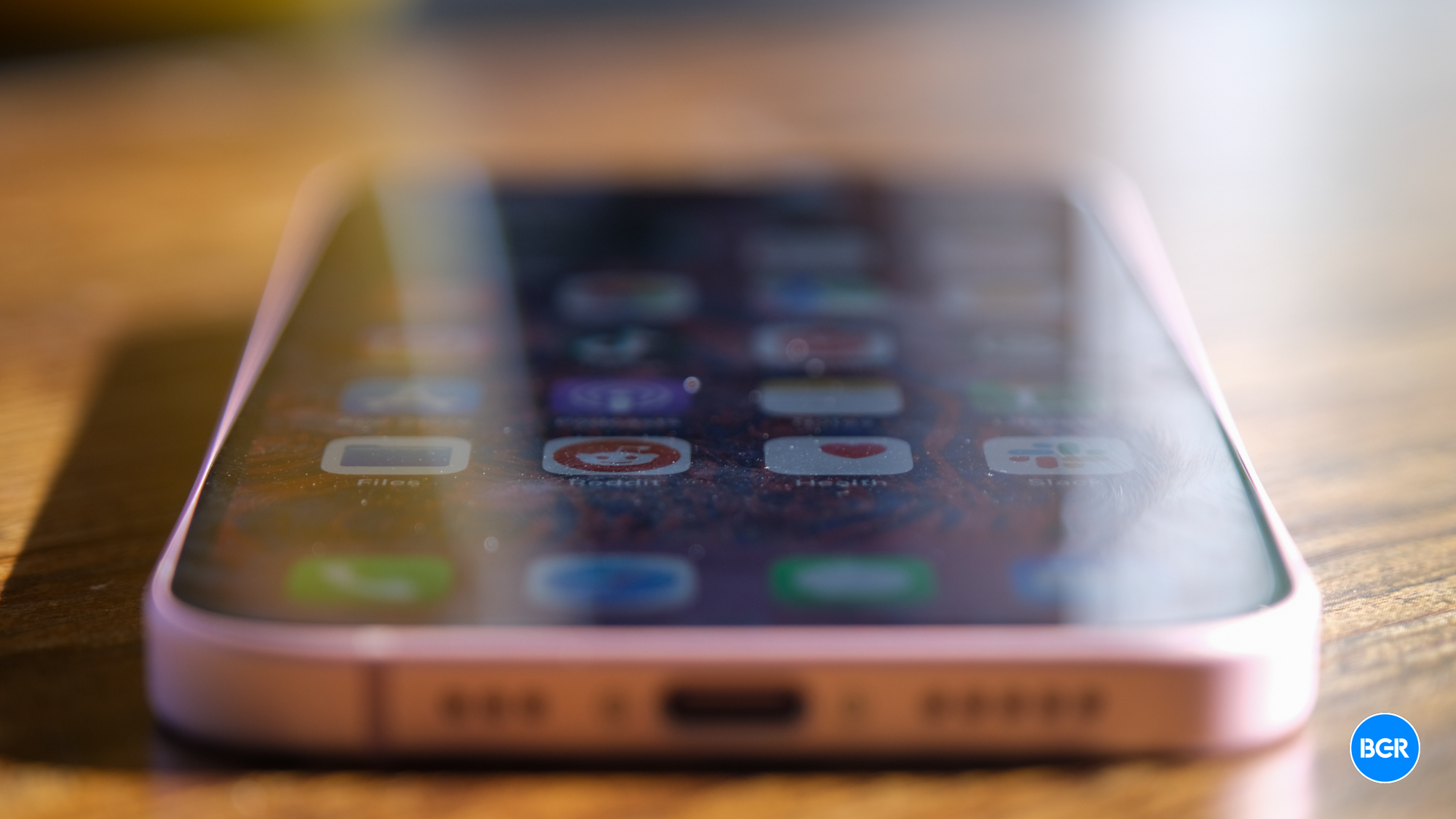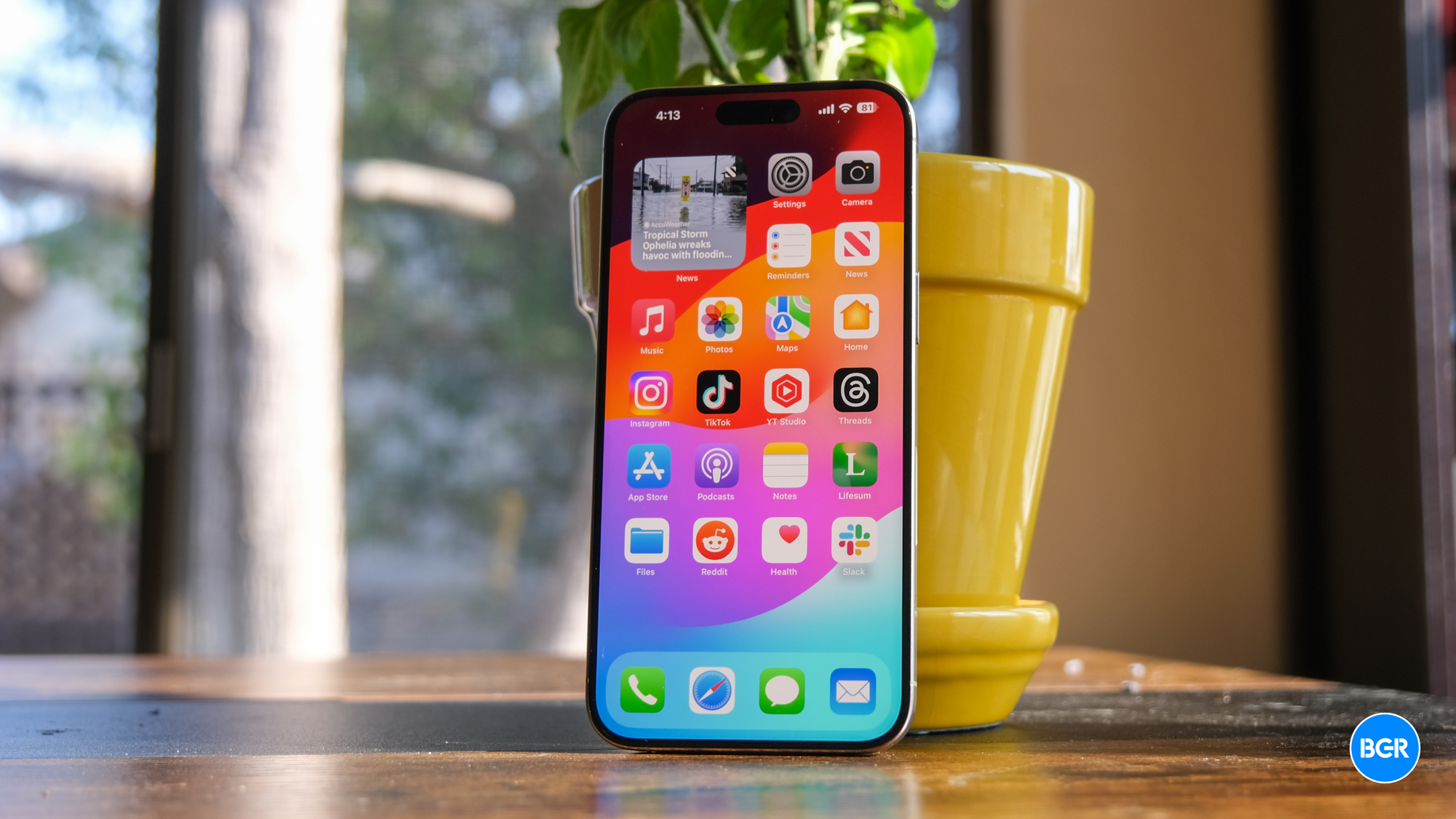iPhone 16 and 16 Plus might only have 60Hz displays, but that’s good news
The iPhone 16 series is almost a year away, but new iPhone rumors are already here. A new leak from Asia is making the rounds on Monday, detailing some of the purported screen specs of the iPhone 16 models. The iPhone 16 and 16 Plus will not get ProMotion support if the information is accurate. They’ll offer the same 60Hz refresh rate as their predecessors.
According to the same report, the iPhone 16 Pro and 16 Pro Max (or Ultra) will support dynamic refresh rates. And they’ll come with slightly larger screen sizes.
As an iPhone 14 Pro user who mistakenly set the refresh rate to 60Hz about a year ago, I’ll tell you there’s no issue with Apple’s cheapest iPhones getting 60Hz screens for another year.
60Hz is not a problem for the iPhone right now
Recently, I wrote about how I changed my iPhone 14 Pro’s refresh rate to 60Hz while looking at ways to increase battery life on the handset. And I forgot to change it back to 120Hz.
As I explained time and again, I’ve experienced great battery life so far (and battery health). The lower screen refresh rate might have helped. I’ve never noticed any sort of degraded experience from not using 120Hz.

I will point out that setting the refresh rate to 60Hz on an iPhone Pro isn’t the same as a non-Pro iPhone’s 60Hz screen. I still get a dynamic refresh rate experience, meaning that the refresh rate can drop all the way down to 1Hz, depending on what I use the handset for. Meanwhile, the non-Pro iPhones have a fixed 60Hz refresh rate.
The iPhone 16 display rumors
A blog post on Naver cites iPhone 16 supply chain sources in reporting on iPhone 16 screen sizes and refresh rates. Here’s what they say:
- iPhone 16: 6.12-inch LTPS display with 60Hz refresh rate
- iPhone 16 Plus: 6.69-inch LTPS display with 60Hz refresh rate
- iPhone 16 Pro: 6.27-inch LTPO display
- iPhone 16 Pro Max (Ultra): 6.86-inch LTPO display.
Separately, Twitter user Majin Bu posted a table on Twitter/X originating from Asia. It offers the same information as Naver for the iPhone 16 series. It’s unclear whether Naver obtained the information above from the same source.
The table also says that Apple plans to add LTPO screens to all iPhone models, starting with the iPhone 17 series. Moreover, all screen sizes are going up to 6.3-inch and 6.9-inch, beginning with the 2025 iPhones.
As someone observed, the roadmap in the table above matches the information Ross Young offered a few months ago. The display insider provided the roadmap below, which says Apple will adopt LTPO displays for all new iPhones starting with the 2025 iPhone series.
Both Young and the Weibo source indicate that changes to the iPhone’s Dynamic Island pill cutout are coming, starting with the iPhone 17 series. The iPhone 17 Pros will be the first to feature an under-display Face ID sensor. In 2027, the selfie camera will also go under the screen for the iPhone 19 Pros.
What’s unusual about the Weibo table is that it calls the 2027 the iPhone 20, suggesting Apple might skip the iPhone 19, like it did when the iPhone X arrived. The 2027 iPhone release would mark the handset’s 20th anniversary.
Back to screens: LTPO displays are the ones that let Apple offer dynamic refresh rates on iPhone Pro models. That means the refresh rate adjusts automatically between 1Hz and 120Hz. Or, if you’re me and forgot the 60Hz toggle on, between 1Hz and 60Hz.
LTPS screens offer static refresh rates. They’re also cheaper than LTPO displays. The cost might be a reason why Apple is postponing moving the most affordable iPhones to 120Hz panels.
Apple is still working on diversifying the iPhone’s screen supply chain. We see such reports regularly, with BOE and LG being the suppliers that are usually mentioned. They’re third and second after Samsung in Apple’s iPhone OLED supply chain. That’s because they’re still optimizing display quality and yields.
Apple will never discuss its supply deals with various iPhone parts vendors. But the OLED screens are some of the iPhone’s most expensive components. Sticking with 60Hz panels for the cheapest iPhones in Apple’s lineup isn’t a bad idea.
I’ll mention again my iPhone 14 Pro experience. Since I discovered my 60Hz setting mistake, I stuck with it. iOS might not be perfect, but I don’t have any screen scrolling issues on the handset. The base iPhone 15 model is practically an iPhone 14 Pro version. I’m sure there are no issues with its 60Hz display.
As for the iPhone 16 series, the new phones are getting new chips. An A18 chip is apparently in the cards for the iPhone 16 and 16 Plus. I’d expect it to be superior to the A16 in the iPhone 15 and 15 Plus. Add to that iOS 18 optimizations, and we get to the same conclusion. You won’t have issues with that 60Hz screen.
For all the latest Technology News Click Here
For the latest news and updates, follow us on Google News.

